Type 1 diabetes in children is a condition in which a child’s body no longer produces an important hormone (insulin). The children need insulin to survive, so parent(s) will have to replace the missing insulin. Type 1 diabetes in children used to be known as juvenile diabetes or insulin-dependent diabetes.
Different factors, including genetics and some viruses, may contribute to type 1 diabetes. Although type 1 diabetes usually appears during childhood or adolescence, it can develop in adults.
The diagnosis of type 1 diabetes in children can be overwhelming at first. Suddenly Parent(s) and the child — depending on his or her age — must learn how to give injections, count carbohydrates and monitor blood sugar.
Juvenile Diabetes Causes
Insulin performs the critical job of moving sugar (glucose) from the bloodstream to the body’s cells. Sugar enters the bloodstream when food is digested.
Once the islet cells of the pancreas are destroyed, the child produces little or no insulin. As a result, glucose builds up in a child’s bloodstream, where it can cause life-threatening complications.
Juvenile Diabetes Risk Factors
Risk factors for type 1 diabetes in children include:
- Family history. Anyone with a parent or siblings with type 1 diabetes has a slightly increased risk of developing the condition.
- Genetic susceptibility. The presence of certain genes indicates an increased risk of developing type 1 diabetes.
- Race. In the United States, type 1 diabetes is more common among non-Hispanic white children than among other races.
- Certain viruses. Exposure to various viruses may trigger the autoimmune destruction of the islet cells.
- Diet. No specific dietary factor or nutrient in infancy has been shown to play a role in the development of type 1 diabetes. However, early intake of cow’s milk has been linked to an increased risk of type 1 diabetes, while breast-feeding might lower the risk. The timing of the introduction of cereal into a baby’s diet also may affect a child’s risk of type 1 diabetes.

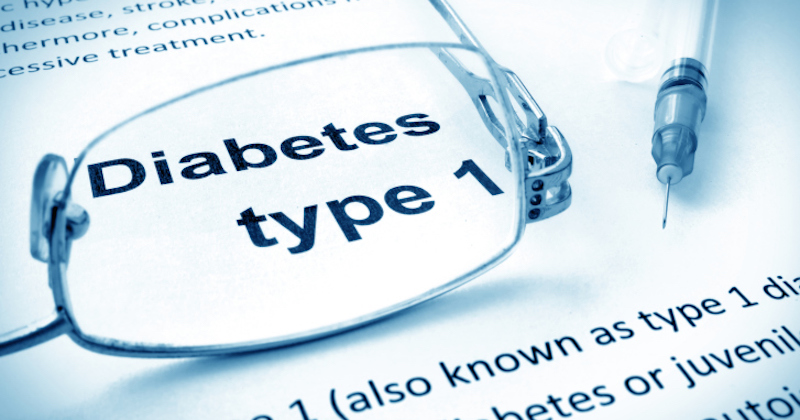
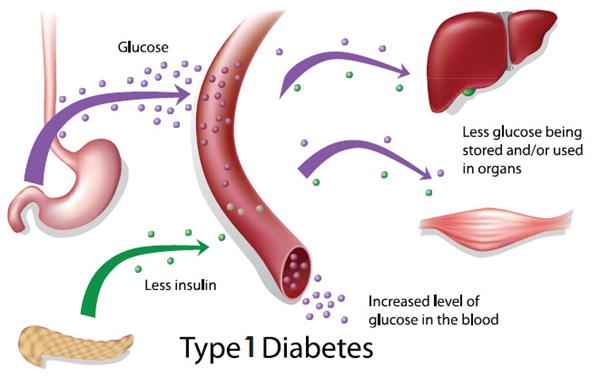
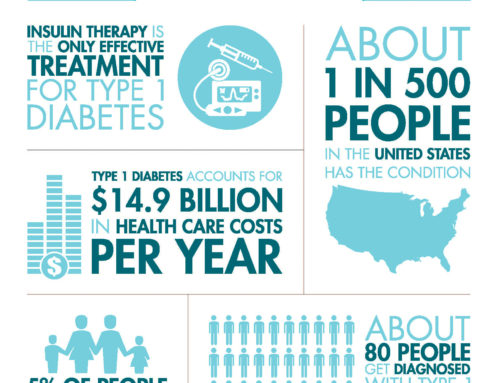
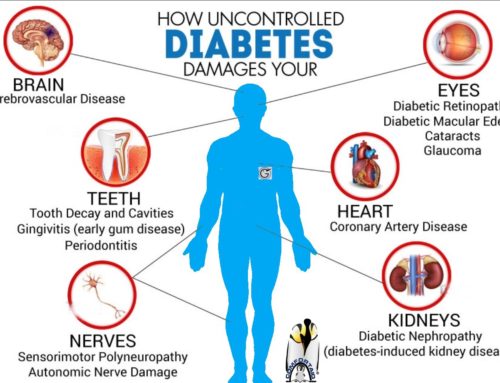

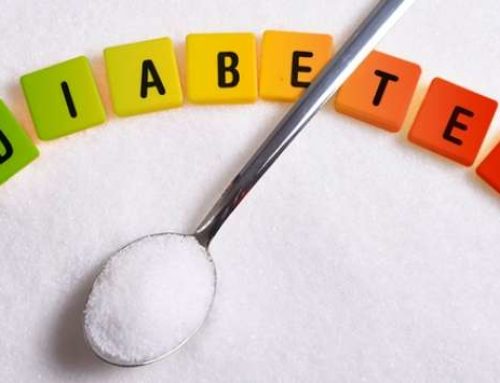
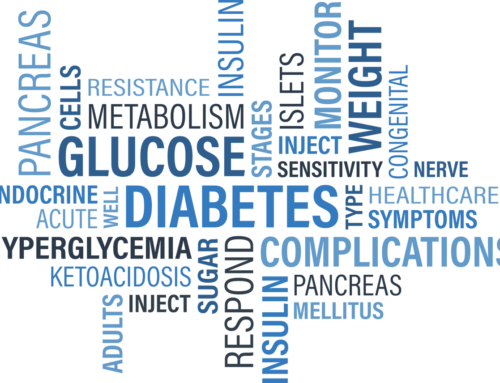
Leave A Comment